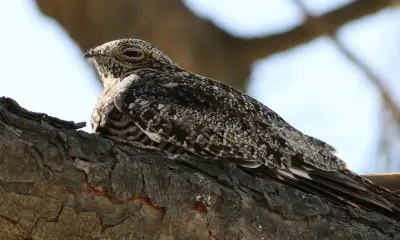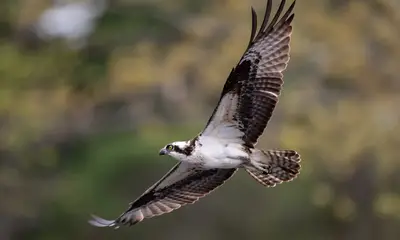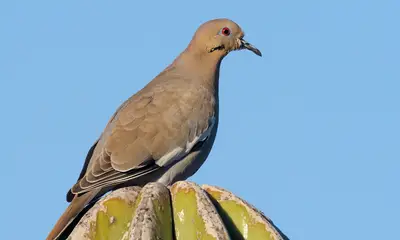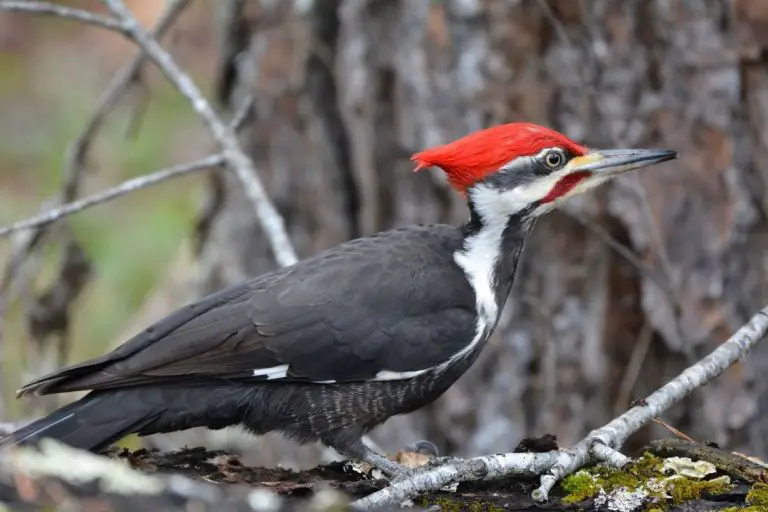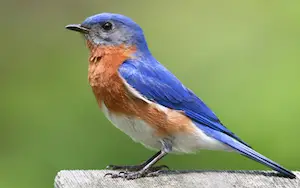5 Amazing Birds With BLUE TAILS (ID Guide With Photos)
The natural world is home to thousands of different species of beautiful birds. Each different type of bird has distinctive features that set them apart from other birds.
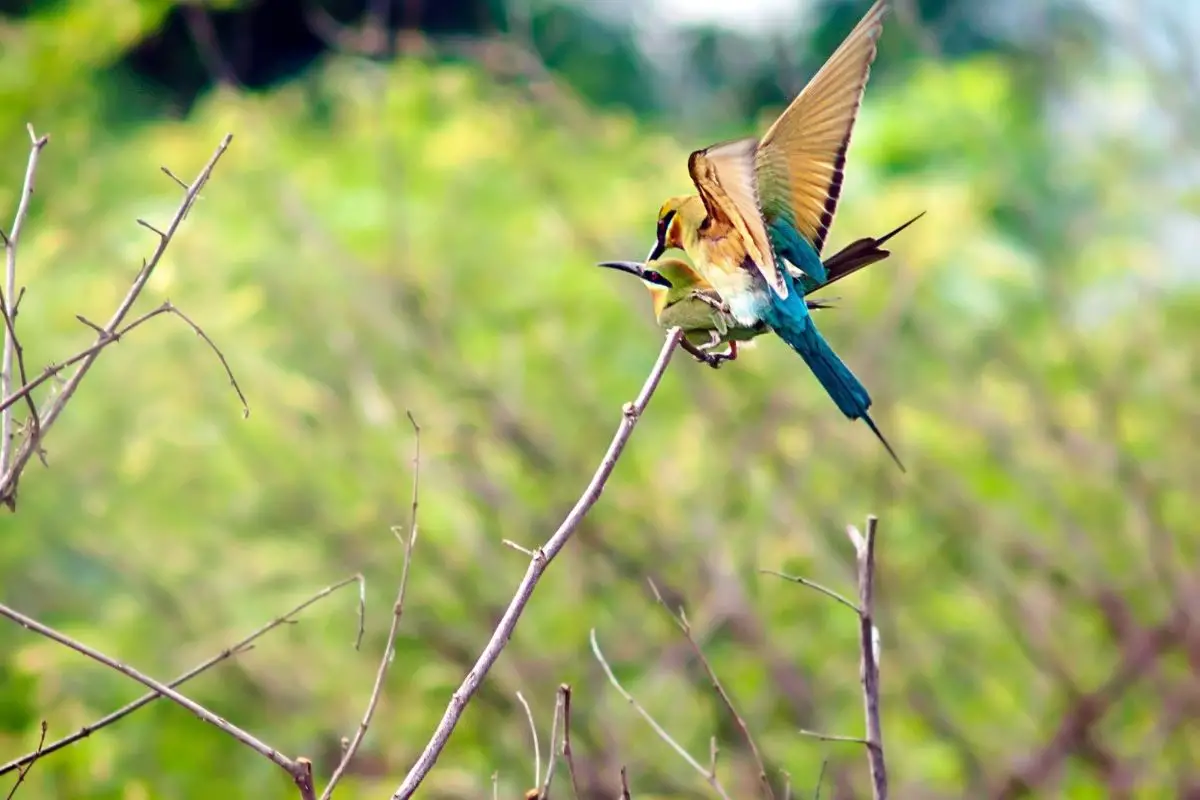
What we love about birds is how diverse they are from each other. From parrots, to owls, to flamingos, Birds can look completely different.
While blue is not a color found often in the animal kingdom, a few birds feature this color in their plumage. This can give the birds a really unique aesthetic. Here are some of the best kinds of birds with blue tails.
Bluebirds
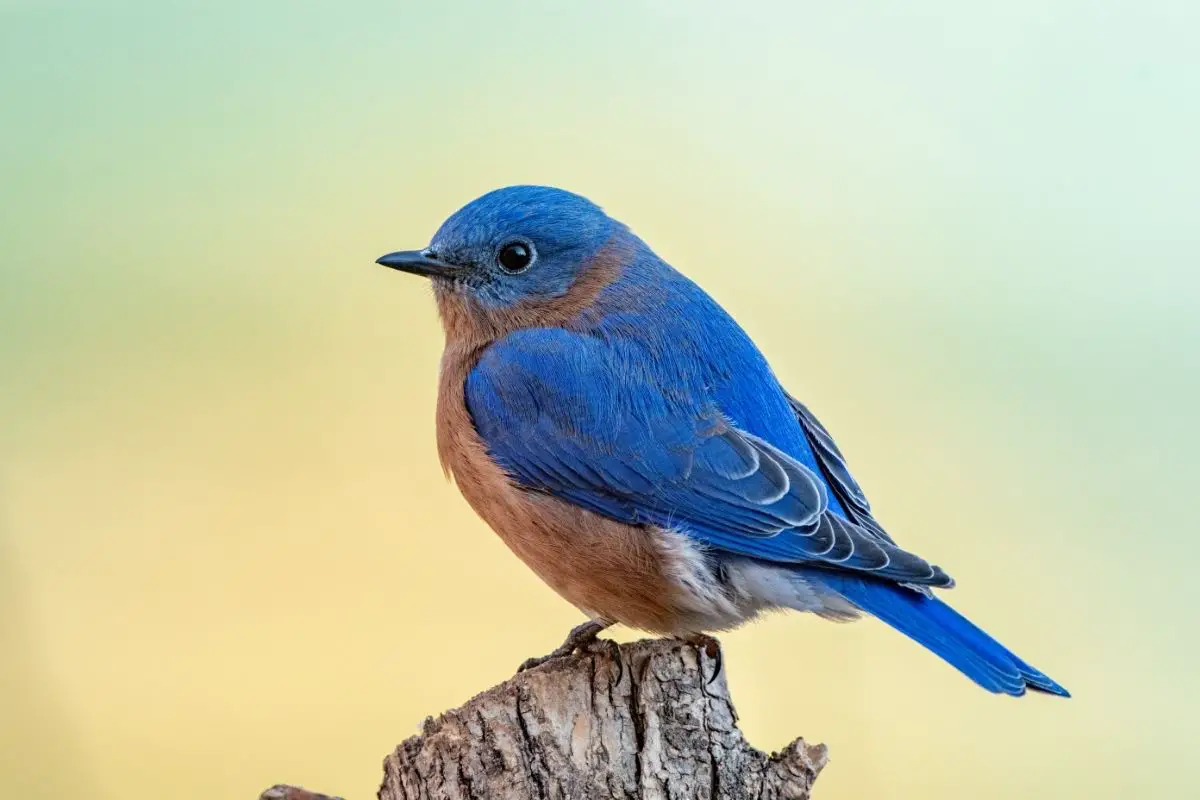
As the name suggests, bluebirds are renowned for their blue feathers. These blue feathers are found throughout their wings and tails, making them quite recognizable.
The blue feathers of a bluebird are particularly distinctive because they contrast with the orange and red shades in their breasts. This is especially the case with eastern and western bluebirds.
Meanwhile, mountain bluebirds don’t just have blue tails and wings. Instead, their entire bodies are covered in blue feathers.
Male mountain bluebirds are much easier to spot than females since their color is more shocking and bright.
As you may have guessed, mountain bluebirds live in mountainous areas, particularly in North America.
When it comes to eastern and western bluebirds, the blue feathers are also particularly vibrant among male bluebirds.
Though female birds also have blue plumage, the color is often more muted. These birds tend to live in forests and woods.
Eastern bluebirds are found in Canada and some American states, such as Arizona. Meanwhile, the western bluebirds are seen in places such as California and New Mexico.
Their names refer to the fact that they reside in different sections of the United States.
Their tails tend to be fairly short, as do their legs. In comparison, the wings of the bluebird are quite long.
Bluebirds tend to be short birds, with both male and female bluebirds being roughly the same size.
Pinyon Jay
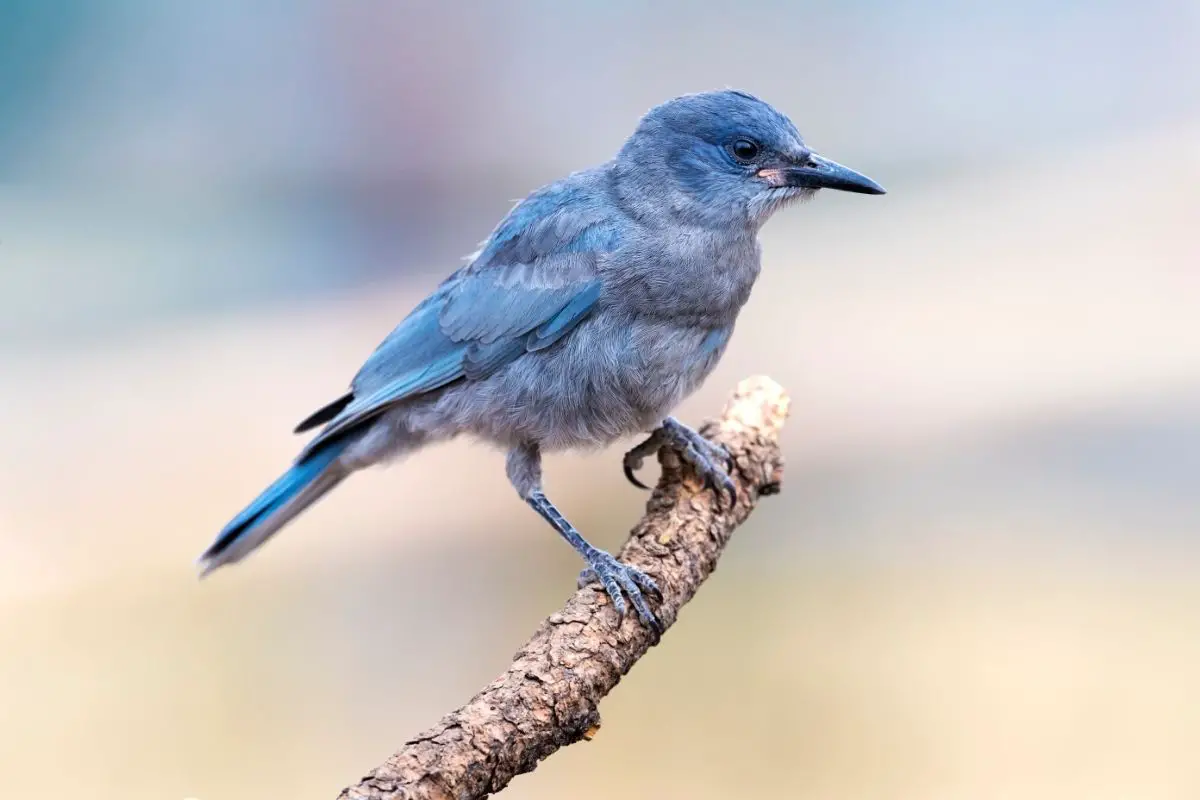
Next, the pinyon jay is a type of jay bird. Though you may not know this, the word “jay” does not refer to just one species of bird, but an entire family made up of separate species.
Pinyon jay is one of these species.
The pinyon jay is covered with blue feathers, though they tend to be quite dull in color. In addition, they can have gray feathers among the blue ones.
This gives them a unique aesthetic since few birds have steel blue feathers.
Likewise, pinyon jays also have blue tails. These tails are short, though some birds have medium-length tails. The black bills of the pinyon jay are also small.
These birds have developed a reputation for being quite sociable. They tend to travel in large flocks of approximately 250 birds.
Therefore, if you see a pinyon jay, they will likely be accompanied by a big group. They are located in North America, specifically Oregon, South Dakota, Montana, Oklahoma, and New Mexico.
Indigo Bunting

This bird gets its name from the indigo and blue plumage of the male species. The blue extends through the majority of the bird’s feathers, inducing the wings and tail.
Interestingly, this color scheme only occurs in the summer months. For the rest of the year, the male indigo bunting has brown plumage.
In comparison, females of the species are brown for the entirety of the year.
The reason why this color variation occurs is that the blue plumage is more eye-catching. As a result, it helps male indigo buntings find a mate.
You can’t deny that the blue feathers help this bird look more distinctive.
This small bird is described as “indigo” because there are hints of purple among the blue feathers.
Of course, the color will vary between birds, with some being lighter than others. They mainly eat seeds and insects, as well as some berries.
Blue Jay

Another jay species, the blue jay is comparable to pinyon jays. As with many of the birds on this list, blue jays are native to North America. However, they also migrate to Canada.
These birds are predominantly blue, though they usually have white chests and black markings. These black markings extend to the tails and feathers of the blue jay, making them visually striking.
The blue and black tails of these birds are quite long. As medium-sized birds, the blue jay is larger than many of the other bird species on this list.
The plumage of male and female birds are identical, so it can be rather hard to differentiate them. This species has developed a reputation for being noisy.
There are different subspecies of the blue jay, which each look slightly different. For instance, there are coastal and interior blue jays.
These two different species reside in different parts of the country.
Blue Grosbeak

Our final pick is the blue grosbeak. This bird was chosen because it has a special aesthetic that makes it look truly beautiful.
The males of the species have brilliant blue tails, with hints of black. This look continues to the feathers of the male blue grosbeak, which also have some brown and orange feathers.
We adore the contrast of these feathers with the bright blue. As with many birds, the female blue grosbeak is much more subtle.
Found in the United States and Mexico, the blue grosbeak can be spotted in numerous different states.
These birds consume predominantly seeds, though they will also eat some insects and fruits.
Frequently Asked Questions
Why Are Male Birds More Colorful?
The reason why male birds usually have more vibrant feathers than females is due to mating. These bright feathers allow male birds to compete with one another.
Often, female birds will be attracted to more eye-catching birds. Furthermore, these colorful feathers enable male birds to claim territory.
Final Thoughts
As you can see, there are quite a few different types of birds that are known for their blue tails.
If you enjoy bird watching, perhaps you should try to find some of these blue-tailed birds. To us, these are some of the most stunning birds out there.

